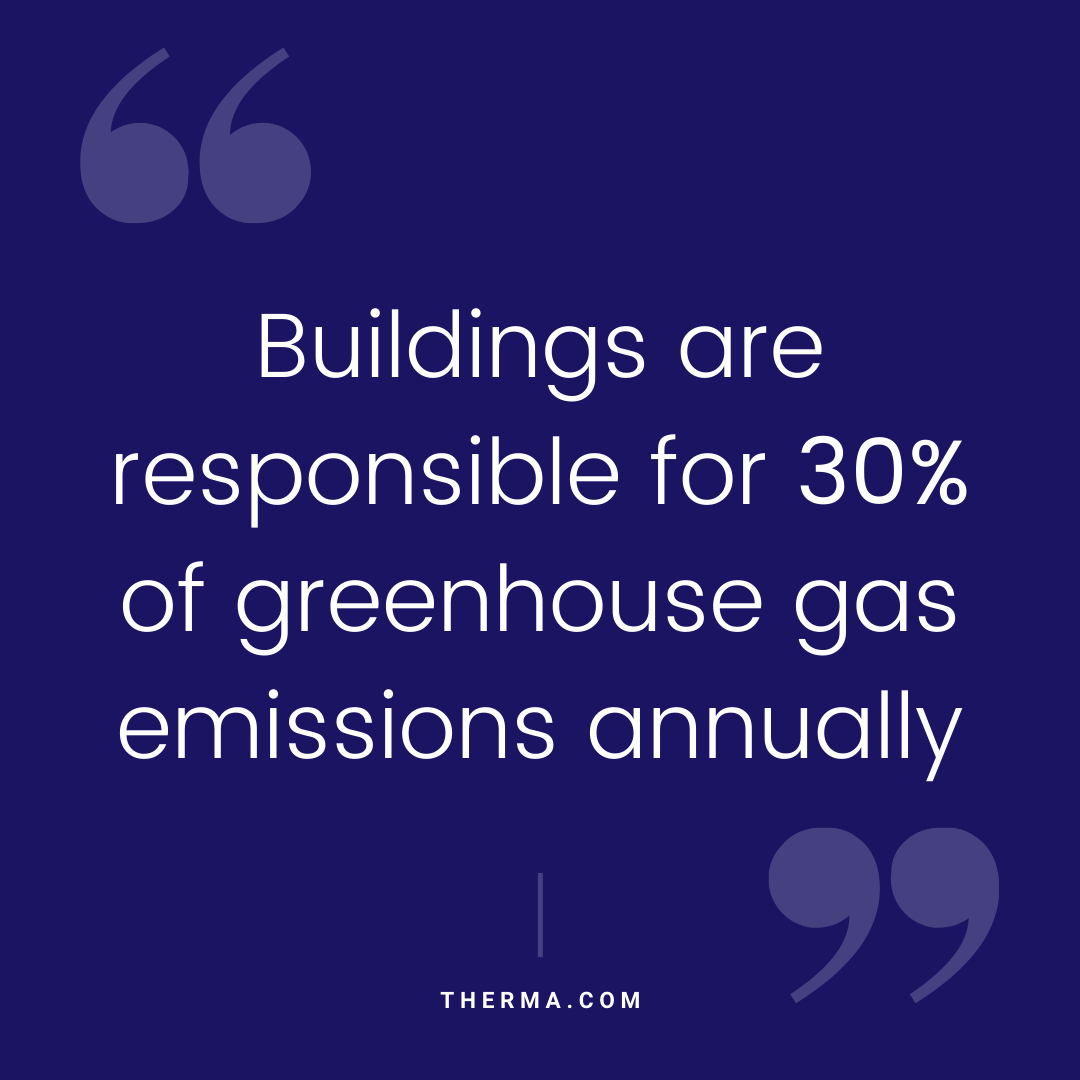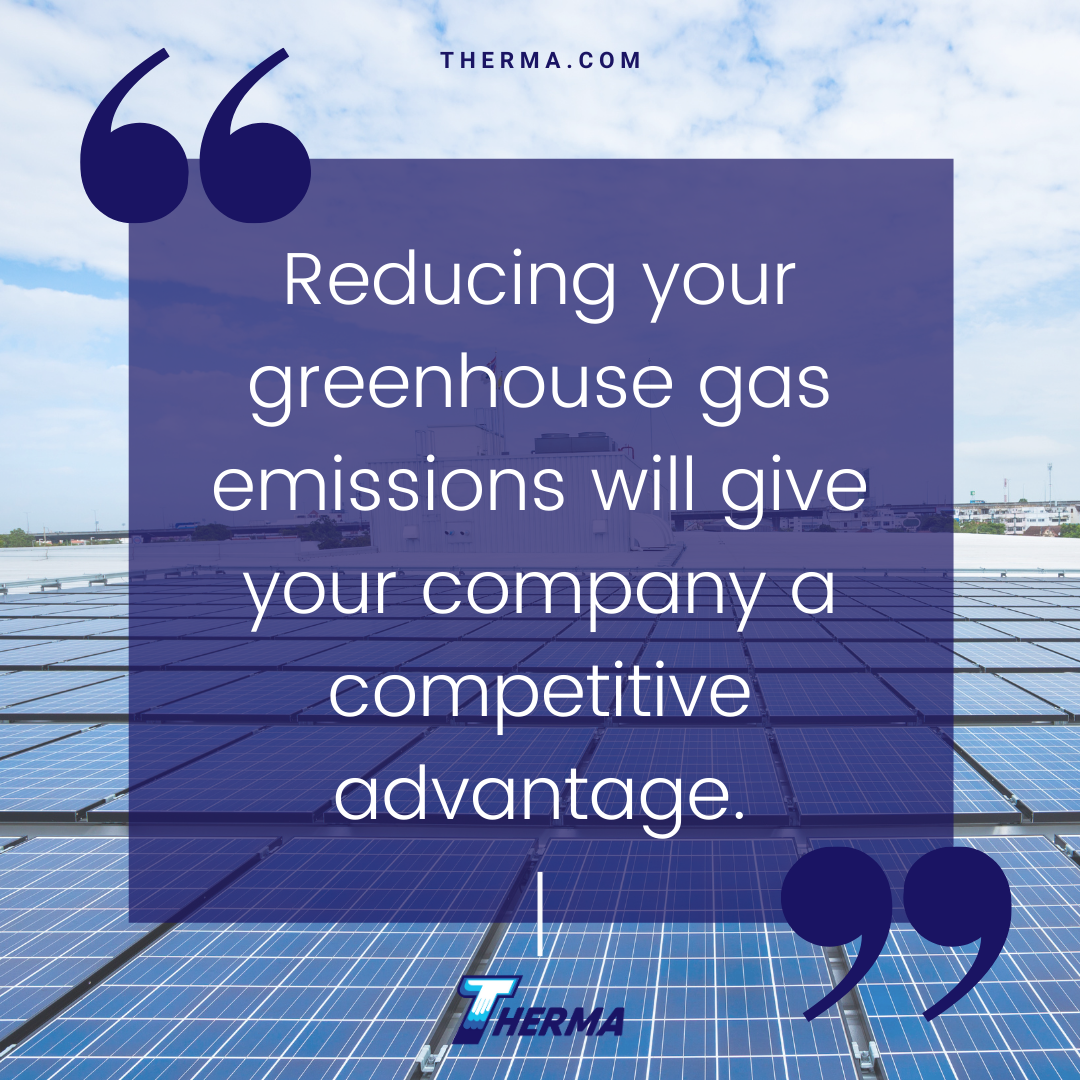by Nikki Fotheringham
Buildings are responsible for 30% of greenhouse gas emissions annually—a number that will have to be significantly improved if the most severe consequences of climate change are to be avoided. In most cases, retrofitting old buildings is more sustainable than building new ones.
Retrofitting a building involves adding or removing technology to improve performance, reduce energy consumption and increase its sustainability. There are many aspects to retrofitting, including improving the building envelope to ensure that heating and cooling costs are reduced (improved insulation and sealing of gaps and holes), installing energy-efficient appliances and upgrading roof, door and window systems for better insulation.
One way to further augment your building’s sustainability is to add renewable energy sources such as wind and solar. Adding renewable energy enables you to save money while demonstrating your commitment to the environment. Improve your triple bottom line with your commitment to social, environmental and financial goals.

4 Reasons to Add Renewable Energy During a Retrofit
Adding renewable energy to your retrofit carries a higher initial investment cost, but you can be sure your return on investment (ROI) will be worth it.
1. Reduced Energy Bill
Wind or solar energy retrofits provide facility owners with reduced electricity bills, which is crucial for large buildings that consume vast amounts of energy. This, along with renewable energy incentives, helps offset the initial investment costs.
2. Competitive Advantage
Reducing your greenhouse gas emissions will give your company a competitive advantage. Not only are you saving money, but you’re also offering your clients a sustainable option that will provide you with an edge over competitors. In this way, your solar array or wind turbine markets itself, helping you attract more green-friendly customers.
3. Improve Triple Bottom Line
By installing wind or solar energy systems, your company will be reducing its greenhouse gas emissions and improving sustainability. You are making a commitment to your community’s health and fulfilling your triple bottom line’s social and environmental components.
4. Government Financial Incentives
The high investment costs of renewable energy systems can be mitigated in part by incentives offered by the local and federal governments such as the Solar Investment Tax Credit (ITC). These make the decision to use renewables easy because of the decreased financial burden.

Retrofitting with Clean Energy
All businesses must take social, environmental and financial responsibility for their day-to-day activities. Adding renewable energy systems like solar or wind to the building you are retrofitting helps you improve your triple bottom line while gaining a competitive advantage with lower electricity bills.
Before adding renewables to your existing facility, you must ensure that it is suitable for renewable energy sources. Determining factors include the location and orientation of the building and the suitability of the roof structure. Consult with our team of experts to see if your building is suitable for a renewable energy system.
Nikki Fotheringham is an environmental journalist. She is the editor of Greenmoxie.com where she shares green-living tips and helps people to live a more sustainable life.







